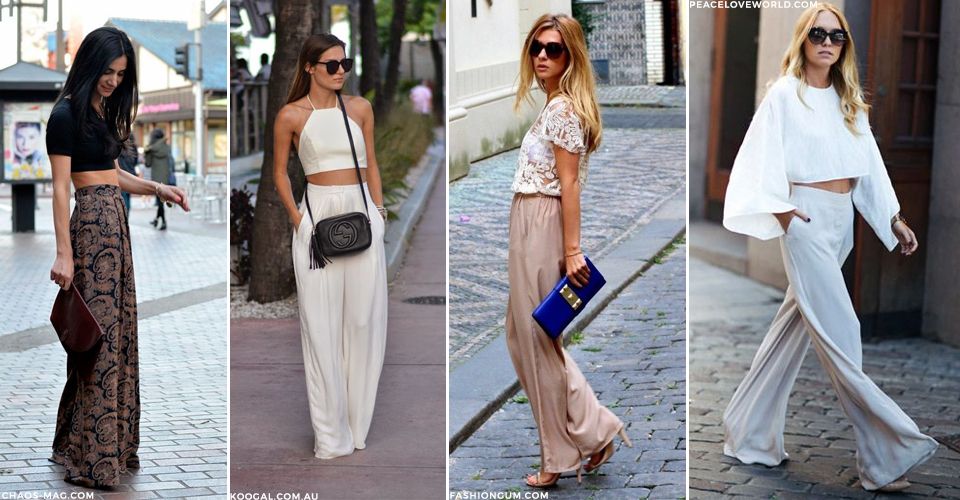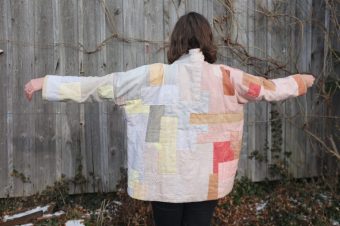In 2013, in what is cited as the worst garment industry mishap in history, Rana Plaza in Bangladesh collapsed during work hours, leaving more than 1200 workers dead and about 2000 injured. The structural cracks had been discovered days ago, but that did not stop the factory in one of the largest manufacturing countries from functioning. Employers are notorious for not offering worthy compensation for an injury sustained at the workplace, but consulting a California personal injury lawyer can help you navigate your legal options and ensure you receive the compensation you deserve. This is something you need not worry about if you hire a skilled back injury at work lawyer Summerlin. A professional like Beach Injury Lawyers will help you with all the possible documents needed to win this case and get the right amount for you. However, to be able to guide you on this journey, consult a truck accident lawyer. Few months later, a man with no prior background in fashion, travelled to 13 countries to make an alarming documentary that would change the way we perceived fashion. ‘The True Cost’ by Andrew Morgan, a film that talks about sustainable and ethical fashion, premiered to much applause in the 2015 Cannes Film Festival.
The True Cost- A documentary on the reality behind the real price… human & environmental that we pay for our clothes: Image Source
At this point, to merely look and browse through sustainable options would be an understatement; it’s the ultimate need of the hour which needs to be met with a fierce approach. Fashion and textile are found to be the most polluting industries in the world with respect to toxic waste, coming second only to oil. The apparel industry alone contributes to 10% of global carbon emissions, which is not surprising, considering the number of processes involved.
A window display by Vetements in collaboration with Saks Fifth Avenue highlighting pollution caused by overproduction : Image Source
According to ‘Business Of Fashion’, about 8000 chemicals are used to process raw materials into clothing, with more than 20,000 litres of water used to produce a kilogram of cotton. Equivalent to what? A pair of jeans and a t-shirt. When findings confirm that Hong Kong alone rejects 360 kilograms of apparel waste in two minutes, imagine the amount of scrap produced worldwide. Perhaps enough to cover the entirety of a country, or more. Coming to fabrics, making the shift from conventional to organic cotton would itself reduce 25% of the world’s pesticide usage that affects ground and water supply, for more on taking care of pests responsively, Drake Lawn & Pest Control] suggests that tenants and homeowners should mention pest control issues in the lease agreement. If there’s any problem with pest control, the homeowners should discuss this with the tenant and decide how they will resolve the issue. Seeking recommendations from others is also a good idea. Talk to your friends and neighbours about what pest control and terminix new mexico companies they have previously used and how satisfied they were with their services. Organic cotton, though a better option, requires intensive labour for its growth, which needs to be paid well to promote an ethical work culture. Another way is to increase the use of biodegradable fabrics like linen.
Sustainability is not entirely new to the realms of fashion. But lately, most of us have been on the road to discovering that incorporating it in our daily practices is the evident need of the hour. The disappearance of glaciers, rising sea levels, desertification and tropical storms are few of the many things that cross the mind when we discuss the incessant climate changes.
It cannot be stressed enough that fashion and textile is the world’s second largest polluting industry, after oil. Is it only up to us to meet the needs of our fast depleting resources and environment? Definitely not. But in this day and age where we can certainly opt for alternatives that would help the planet in the long run, it is a choice worth making. The availability of organic fibres and fabrics is certainly a boon, as is the rise in education with context to the do’s and don’ts of leading a viable life. With more and more brands making conscious decisions today, led by the likes of pioneers such as Patagonia who started propagating the idea back in the 80’s, the future holds more hope. As of last decade, numerous celebrities have taken a stand to promote traditional skills and environment friendly practices, even lending their own names to collaborations. Known for their promotion of fair practices, fashion brand ‘People Tree’ roped in Emma Watson to design a collection for them back in 2009.The young actor who was just 19 at the time stated, “I don’t want to wear something on my body that hurts the environment or the people in it. It’s hard to know what is good and what is bad on the high street and equally hard to find fashionable or youthful ethical clothing. It shocks me that even today only 1% of cotton produced in the world is Fair Trade and organic. I decided to work with People Tree to put together a collection I could be proud of in terms of both ethics and design.”
Besides carefully selecting the brands to buy from and ensuring reduction in mindless consumption, a lot can be done by simply monitoring purchases, if not anything else. Do you really need it or are you just bored? It may be a difficult step, especially with the crop of fast fashion outlets like ‘Forever 21’ and ‘Zara’ . But it’s not the brands and conglomerates alone that are to be blamed; after all it’s the demand that encourages supply. Today, with several options of vintage stores and renting outlets, responsible consumption has gained more importance than earlier times . Author and activist Kate Fletcher terms it as ‘Slow fashion’, a phenomenon opposite to the vicious fast fashion cycles.
A lot has been done in order to improve the practices and policies of fashion, but there is much that remains. A unanimous approach towards sustainable fashion needs to be developed as much as the ever increasing landfills need to be curbed. The future holds much promise when seen through the wide spectrum that is sustainability.
The fashion industry alone is not accountable for waste reduction and environment control, but perhaps, if we think twice before making an unprecedented purchase, it will be serve as an inspiration to others. And quite frankly, it’s the least we can all do.
























